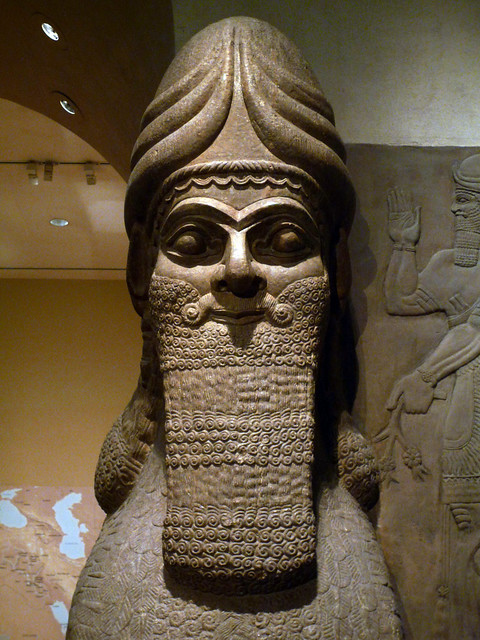The Assyrian people, a distinct ethnic group indigenous to the Middle East, trace their roots back thousands of years to one of the world’s earliest civilizations: Ancient Assyria. Despite centuries of upheaval, displacement, and foreign rule, Assyrians today continue to embody the cultural, linguistic, and historical legacy of their ancient ancestors. This article explores the reasons why Assyrians are recognized as the direct descendants of Ancient Assyria.
Ancient Assyria: A Brief Overview
Ancient Assyria was a powerful Mesopotamian empire centered in the northern part of modern-day Iraq, with its heartland along the Tigris River. It reached its peak during the 9th to 7th centuries BCE, controlling vast territories stretching from the Levant to parts of Iran and Egypt. The Assyrians were known for their advanced administration, monumental architecture, and rich cultural heritage.
Despite the fall of the Assyrian empire around 612 BCE, the people and culture of Assyria did not vanish but continued in various forms.
Continuity Through Language
One of the strongest pieces of evidence linking modern Assyrians to ancient Assyria is the continuity of language. The Assyrians speak Neo-Aramaic dialects, which are direct descendants of the Aramaic language adopted by the ancient Assyrians during the first millennium BCE. Aramaic became the lingua franca of the region, replacing the older Akkadian language spoken by the earliest Assyrians.
The modern Assyrian language preserves many linguistic elements from ancient times and is written using the Syriac script, itself derived from Aramaic. This linguistic continuity is a living testament to the enduring identity of the Assyrian people.
Cultural and Religious Heritage
Assyrians maintain many cultural traditions rooted in their ancient heritage, including folklore, music, dance, and cuisine that trace back to Mesopotamian customs. Their religious traditions, especially those linked to the Assyrian Church of the East, the Chaldean Catholic Church, and the Syriac Orthodox Church, are direct descendants of early Eastern Christian communities that emerged in Assyrian lands during the first centuries CE.
Religious texts, liturgy, and ceremonies continue to be conducted in Syriac — a dialect of Aramaic — which further connects modern Assyrians to their ancient past.
Archaeological and Historical Evidence
Archaeological findings from ancient Assyrian cities such as Nineveh, Ashur, and Nimrud reveal continuous habitation and cultural influence in the region. Historical records from neighboring civilizations also recognize the Assyrians as a distinct people.
While the political empire fell, the population remained, adapting through various empires — Persian, Greek, Roman, Islamic — but always preserving their distinct identity.
Genetic and Anthropological Studies
Modern genetic research shows that Assyrians form a distinct population with roots tracing back to the Mesopotamian region. Their genetic markers align closely with ancient populations from the area, supporting their claims of descent from ancient Assyria.
Anthropologists also recognize the cultural resilience of Assyrians as a group maintaining their unique identity over millennia, despite pressures of assimilation.
Challenges to Identity and Resilience
Assyrians have faced numerous challenges throughout history: invasions, persecutions, forced migrations, and attempts at cultural erasure. Despite this, they have preserved their language, religion, and traditions. This resilience underscores their deep connection to their ancient heritage.
Conclusion
Assyrians today are not a new or recently formed group, but rather the direct descendants of the ancient Assyrians who built one of the world’s earliest and most influential empires. Their language, culture, religion, and genetic heritage form a continuous thread connecting them to their Mesopotamian ancestors.
Recognizing the Assyrians’ ancient roots is essential not only for honoring their history but also for understanding the diverse tapestry of peoples that make up the modern Middle East.

